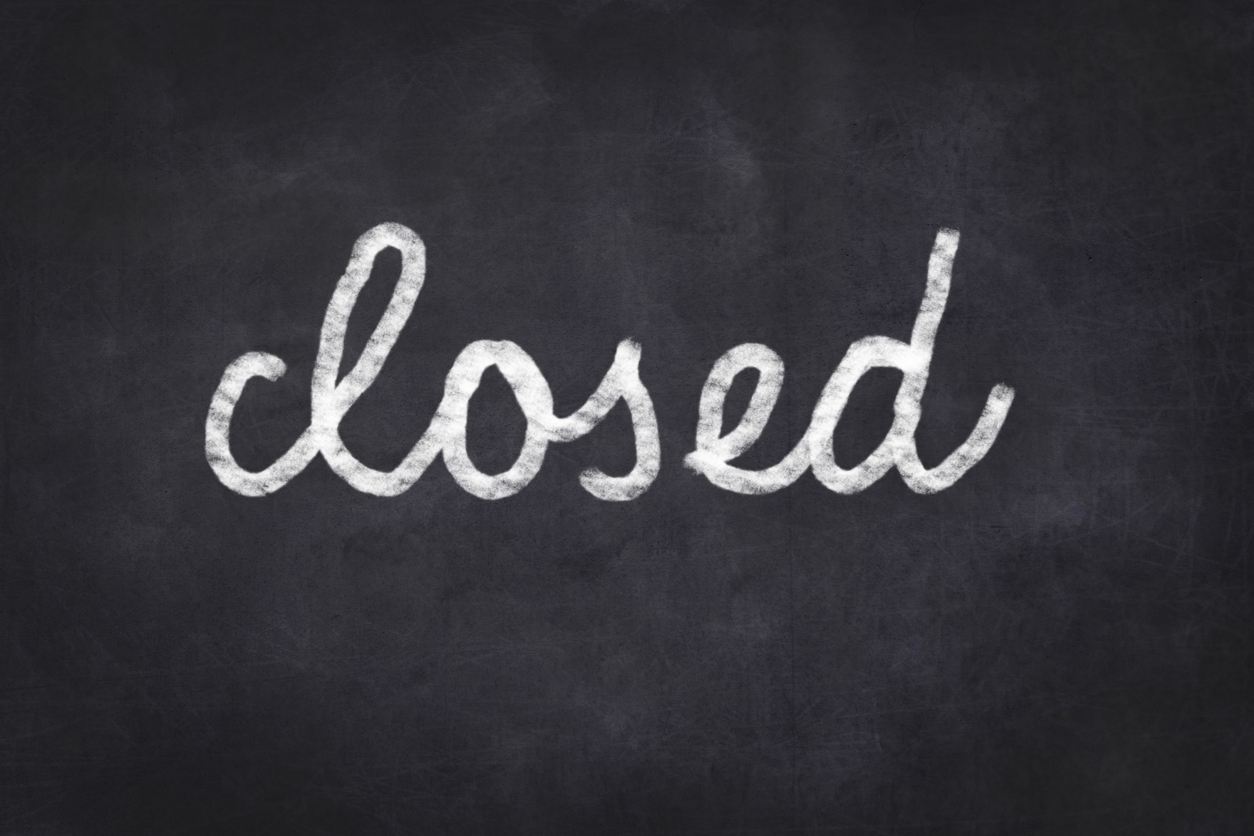How school officials can end racial disparities in programs for gifted children
Key Findings
- Highly capable children from low-income, minority backgrounds are underrepresented in Washington’s gifted programs.
- There is widespread agreement that this racial disparity must be corrected.
- The legislature’s solution, of placing new rules on school districts, will not work.
- The solution is to move away from the controversial, politicized, centrally-controlled public education system to one founded on individual family choice.
- School officials can end these racial disparities by allowing families to place their children directly into the school that works best for them.
- School choice includes magnet schools, inter/intra-district public school choice, homeschooling, and online learning.
- Charter schools are the fastest-growing form of school choice, with 3.2 million students attending one of the nation’s 7,000 charter schools.
- Many states also offer families vouchers, tax-credit scholarships and Education Savings Accounts (ESAs) to send their children to private school.
Introduction
The mission of public education is to give each child an equal opportunity to fulfill his or her full academic potential. Yet public schools are organized in a highly standardized centrally-planned way, providing instruction at a predetermined pace in reading, writing, math and science, from kindergarten through twelfth grade, and delivered by regional monopoly agencies.
Many students are ill-served by this model.
Some students find the pace of learning too slow, while others find it too fast. Students with dyslexia and other unique learning styles need specialized instruction.
The diversity of student needs has forced public schools to develop specialized programs within the standardized model. One of these programs is the highly capable program for gifted students with high levels of academic, cognitive or creative performance. Until recently, students were offered these programs only after being identified as eligible by parents or teachers, and after obtaining a certain score on a test.
Highly capable classes offer gifted students advanced, more rigorous coursework. Participation in these programs prepares students for college-level work after high school.
Gifted classes vary by grade level and district. For example, Seattle Public Schools serves grades 1-8 through self-contained classrooms composed entirely of highly-capable students. Evergreen Public Schools serves some of its gifted students in grades 2-5 through weekly enrichment at a separate site. Other districts offer differentiated instruction in regular classrooms, independent study, honors, cluster grouping, advanced grade and subject placement, mentors, Advanced Placement and International Baccalaureate, and other programs.
Gifted programs are exclusive, and serve about 55,000 students, about five percent of Washington’s 1.09 million students. In 2017-18, the state provided districts $24.5 million in highly capable funding, adding $455 per student. (Total average per-student revenue in Washington state for 2017-18 was $13,181, from all state, local and federal sources.)





